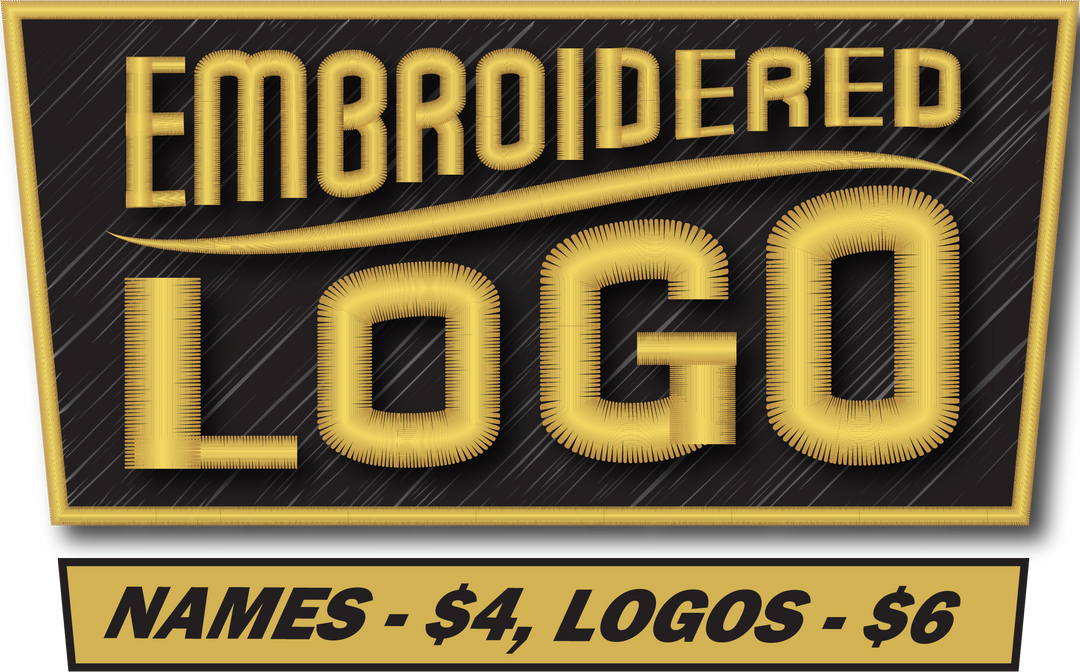Benchmark’s Embroidery Guideline & Commitment to Safety
When it comes to personalizing your FR gear, many companies & individuals want to embroider their logo or name to make their brand known. Benchmark FR has you covered with our in-house direct embroidery services. We can digitize: .tif, .ai, .png, .dst, .jpeg, .eps, and .bmp, logo file formats. We carry a huge selection of thread colors and guarantee that our applications will be of the highest quality and color accuracy. To offer more color options at the best prices, we standardize the use of synthetic thread.
We also offer FR thread upon request. Note, however, FR thread is not needed for FR clothing embroidery. As you will read below, there is no UL code or industry requirement for FR thread. It is also limited in color availability and more expensive for the consumer - making it a less ideal option.

Ready To Brand Your Gear?
ustom embroidery with Benchmark is easy! Email us your logo file (or design concept), desired placement and the Benchmark FR product that you would like to order
Upon receipt of your request, our graphics team will quickly digitize your artwork, provide you with a mock-up for review, and make any necessary suggestions to ensure the quality, and most importantly the safety of the wearer
At Benchmark FR, safety first is our foundation!
We comply with stringent industry guidelines for all synthetic thread, and embroidery use by never exceeding 16in² on any FR garment. This allows us to directly embroider company logos and names on our FR apparel while mitigating against peril and meeting FR industry compliance.
OSHA does not have specific regulations regarding embroidery on FR and AR clothing. They recommend reviewing the ASTM standards to help determine embroidery requirements
The American Society for Testing and Materials (per standard ASTM F1506—10a) does not prohibit the use of synthetic thread.
They recommend that: Logos, name tags, and other heraldry, such as flag patches and company award insignias, are used to identify the organization and individual. If these items are constructed of non-flame-resistant materials (such as polyester or rayon), their overall area should be minimized on the garment. For example, large company logos across the back of the garment should not be applied. In addition, the use of several logos over the entire garment should be avoided.
Therefore, in general, standard industry practice is to allow embroidery that is no larger than the size of a credit card.
The National Fire Protection Association also does not prohibit the use of non-FR thread embroidery.
Section 1.3.4: The
requirements of this standard shall not apply to accessories that might be attached to flame-resistant garments.
Section 7.1.4.1: Labels and emblems [logos] shall not be required to betested for heat resistance.
The 2023 NFPA 2112 and NFPA 70E standards also state that if non-flame-resistant emblems are attached to the exterior of a garment, the maximum number should be five with no individual emblem covering an area greater than 16 in2 or the total area from all these emblems covering an area of greater than 40 in2



